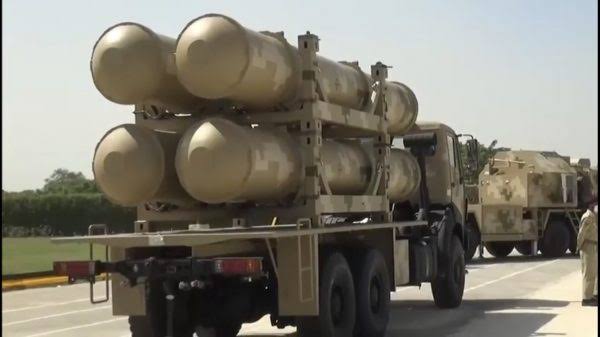In the early hours of Wednesday, India launched a daring and highly coordinated military operation, striking nine key terror bases located in Pakistan and Pakistan-Occupied Kashmir (PoK).
The operation, dubbed Operation Sindoor, was carried out in retaliation for the brutal Pahalgam terror attack in Jammu & Kashmir that claimed 26 lives, including civilians and security personnel.
What Happened?
At precisely 1:44 AM, Indian armed forces fired a series of precision-guided missiles targeting terror camps operated by Lashkar-e-Taiba (LeT) and Jaish-e-Mohammed (JeM)—groups responsible for orchestrating the deadly attack in Anantnag.
The strikes penetrated deep into Pakistani territory, reaching as far as:
- Bahawalpur (100 km inside Pakistan) – JeM’s operational hub
- Muridke (30 km inside Pakistan) – LeT headquarters
- Additional camps in Gulpur and Sawai (Pakistan)
- In PoK, Indian forces hit:
- Kotli, Barnala, Sarjal, Mehmoona, and Bilal Camps
Pakistan’s Air Defence Collapse
Despite having deployed its HQ-9 missile defence system—a Chinese-made platform comparable to Russia’s S-300—Pakistan failed to intercept a single Indian missile. The complete absence of interception indicates either a critical detection failure, delayed response, or technical limitations within the Chinese-supplied system.
This unprecedented breach has triggered serious doubts about the effectiveness of Pakistan’s air defence network and the reliability of Chinese military hardware under real-world combat conditions.
India’s strikes mark a significant escalation in its counter-terror doctrine, demonstrating not just military precision, but also strategic restraint by avoiding civilian or military installations.




















